You’ve got to keep the water in your koi pond clean, so your fish live healthy lives. One of the essential steps to achieving this is pond aeration. Pond aeration is the process of bringing more air into your pond. Subsurface aeration offers a host of benefits, including bringing more oxygen to the bottom level of the pond, improving water quality and clarity, and much more.
If you need better aeration in your pond, this article should help. If you need help, be sure to check out our provider directory which contains links to koi pond services near you.
As a koi pond owner, I know the importance of aeration. I’d heard horror stories about koi ponds going awry before getting my pond, so I paid attention to this process right from the very beginning. I want my koi fish to be the happiest on the block. No complaining koi on my premises!
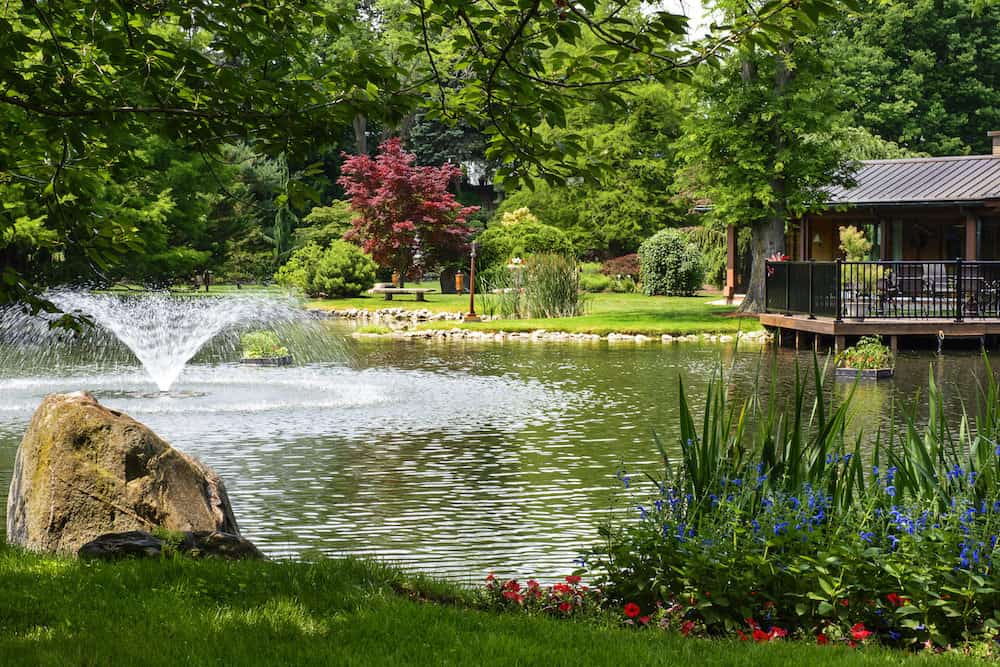
Let’s explore koi pond aeration and why you need to make it a priority. Below I’ll discuss:
This is essential for a variety of reasons, and it’s a necessary component of keeping a healthy pond and fish. It prevents and addresses the problem of oxygen depletion in the pond water.
Remember, fish need a certain amount of dissolved oxygen in their water. If koi are ever in water that doesn’t have any dissolved oxygen at all, this is a critical situation. Death is inevitable within minutes.
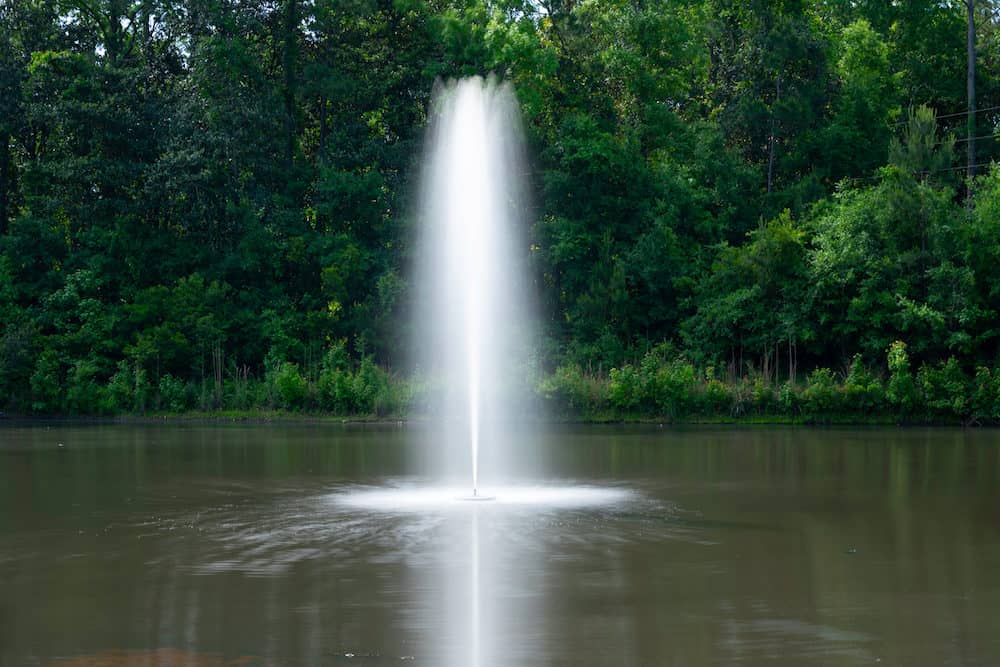
Koi do best when the pond has an oxygen level over eight ppm (parts per million). If your pond’s oxygen level falls lower than six ppm, your fish will have problems with their health and well-being. You’ll notice symptoms such as lethargy and lack of appetite.
Another reason sufficient oxygen is important is that water quality will suffer if there is too low an oxygen level. Oxygen is necessary for beneficial bacteria (also called denitrifying bacteria) to properly dispense of certain organic waste compounds (such as nitrites and ammonia) and fish waste that are bad for the pond and your fish. Aeration will help reduce unwanted weed and algae growth in your backyard pond.
Several different factors impact the level of oxygen in your pond’s water. Examples include water movement and water temperature.
Water that is kept moving tends to have more oxygen than still water. This is of the larger amount of surface area that moving water has. A type of movement that is especially effective at creating more oxygen is water rushing over an object such as a rock.
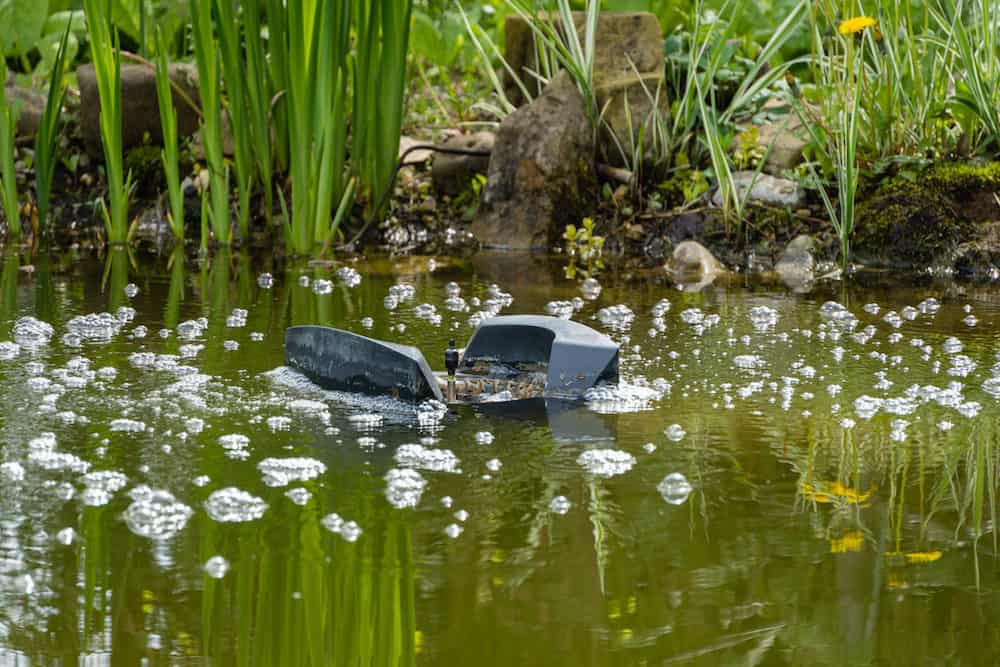
When it comes to water temperature, cold water tends to have more oxygen. That is because it’s better at retaining dissolved oxygen. Cold water keeps its molecules closer together, meaning the oxygen molecules are kept in. They want to escape, but they can’t.
Water at 70 degrees Fahrenheit may hold as much as 8 or 9 ppm of dissolved oxygen. Water at 85 degrees Fahrenheit, on the other hand, will only have around 6 or 7 ppm of dissolved oxygen.
Using a subsurface aeration system is the most powerful method of aerating a large koi pond. Subsurface aeration works so quickly because of how it starts the aeration from the bottom of the water. It uses something called a diffuser to accomplish this. The diffuser is the device that creates tiny bubbles. These will come to the pond’s surface.
As well as infusing more oxygen in your koi pond’s water, aeration will reduce levels of other gases that are present at excessively high levels. Aeration will boost the level of oxygen in the water. Also, if any other gases have higher levels than are healthy for your koi, aeration will reduce them.
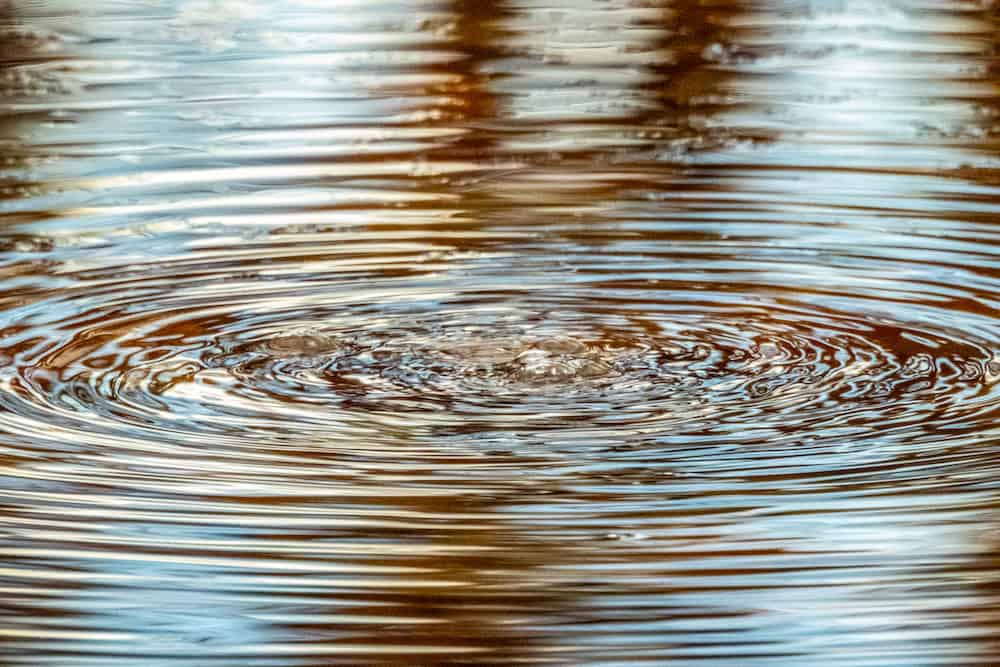
A subsurface aeration system you get for your koi pond will include three primary parts. These are the compressor, the tubing, and the diffuser.
The compressor is also known as an air pump. Your koi pond air pump is the most crucial component of your subsurface aeration system. It compresses air and pushes it to the pond floor. The air pump isn’t kept in the water. Most koi pond owners will put it near the edge of the pond. If you want to, though, you can keep it further away. You could even put it a few hundred feet away, in some cases.
Tubing for a subsurface aeration system will usually be made of PVC or vinyl. This is the tubing through which the air pushes air down to the pond floor. If you want tubing that shouldn’t need to be weighed down, get PVC. If you get vinyl tubing, you’ll find it has thin walls and is so lightweight it will float if you don’t weigh it down. This is undesirable and will interfere with the operation of your aeration system.
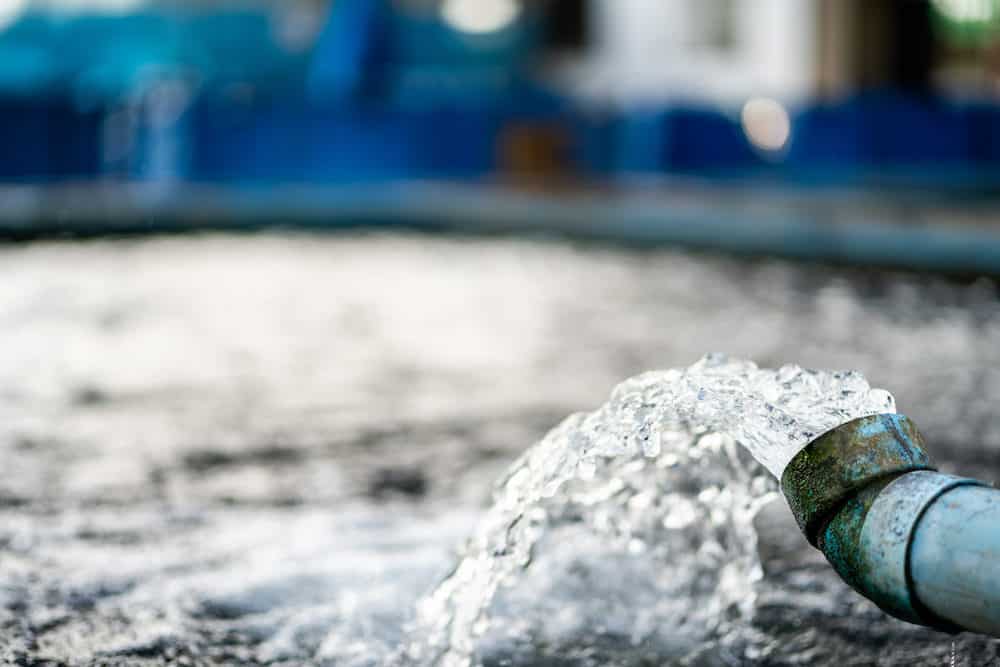
A diffuser is one of the components of a subsurface pond aeration system. You must connect it to the system’s airline, which is found on the pond floor. The diffuser is designed to create tiny bubbles that boost the aeration and movement of the water. You can find different varieties of diffusers. Two of these are the airstone diffuser and the rubber membrane diffuser.
Koi pond air stones are also called aeration stones, and they’re usually made of a porous stone or lime-wood. An air stone is a type of diffuser. When your aeration system’s pump pushes water through the air stone, it will create tiny bubbles. If you’re going to use air stones as your diffusers, put them in a bucket. You don’t want to put them directly onto the pond floor, as they might end up sinking.
A koi pond spitter (a small fountain) is a creative and artistic way of creating an aeration effect. If you have a small koi pond, some pond spitters are an effective aeration tool. For large koi ponds, they’re an attractive addition to a subsurface aeration system. Pond spitters help aerate the water by creating movement in the water and boosting oxygen levels in that way.
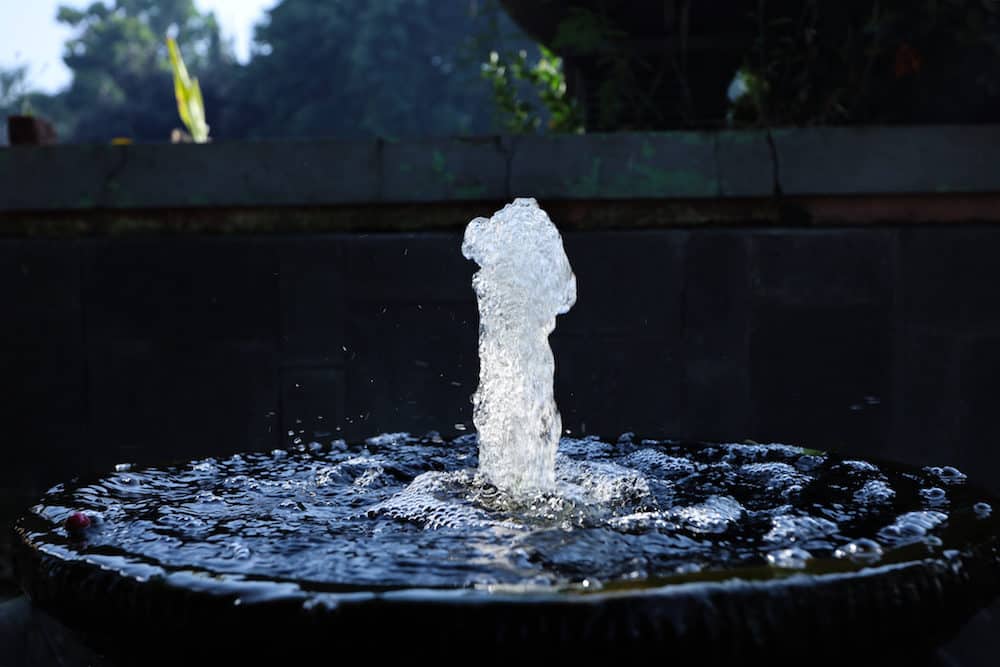
If you’re a bit more ambitious, install a small waterfall in your koi pond. Not only will this boost oxygen levels in the water, but it’ll also be exciting enrichment for your koi. They’ll be swimming pretty!



